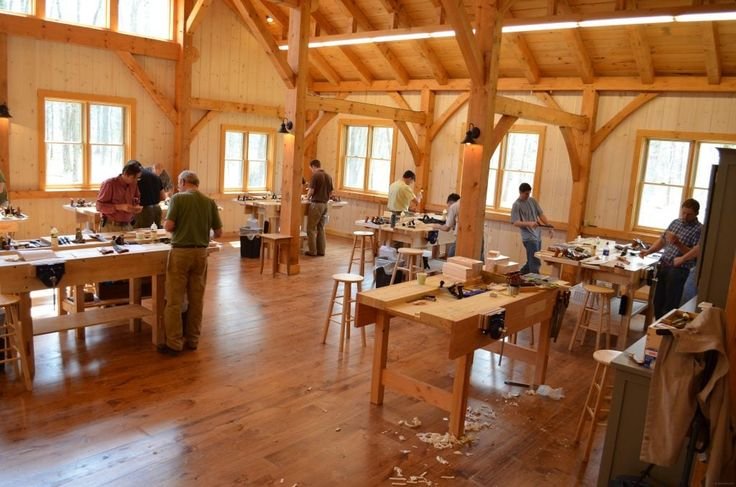A Paint-Making Mess: My Battle with Latex Paint and Woodwork
Oh man, let me tell you about the time I decided to tackle this little home improvement project, which, looking back, might’ve been a smidge ambitious. I was sitting in my kitchen one Saturday morning, coffee in hand, staring at the woodwork around the windows. It was those old, rounded edges—real character, you know? But they were chipped and faded in all the wrong places.
Anyway, after a few caffeine-fueled brainstorming sessions, I thought, “Hey, why not give this a fresh coat of paint?” I had some leftover latex paint from when we did the living room last year. I figured, “No biggie! This’ll be fun!” I should probably have known better.
Now, I’d like to think I have a decent knack for DIY projects. I’m no Bob Vila, but more like Bob Vila’s slightly less competent cousin—let’s call him Bob C. The tools were all in the garage: old brushes, rollers, even a scraggly paint tray that I had almost thrown out. But that morning, the only thing I could find was a brush that looked like it had gone ten rounds with a raccoon. The bristles were all bent and uneven, but hey, it was better than nothing, right?
So I got started, humming a little tune, and slapped that latex paint on. The first couple of strokes? Beautiful. Like Picasso with a brush, if Picasso had been painting a peeling window frame. And, boy, was I proud—those whites and creams looked fresh and inviting. But then, oh, the aroma of that paint hit. It was a funny mix of that sweet, sickly scent and just a hint of something like a plastic factory. You know, the kind of smell that fills your nostrils and then lingers?
But I kept going, blissfully unaware of the mess that was about to unfold.
Halfway through, I started feeling it—an itch in the back of my mind. Have you ever had that nagging doubt when you’re knee-deep in a project? It crept in like a shadow under a door. I looked at my brush, then at the paint on the woodwork and thought, “What if this is a disaster?” I shrugged it off—too invested now, right?
So, I rolled up my sleeves and started on the second coat. But here’s where everything went sideways. Turns out, latex paint doesn’t quite play nice with old woodwork. Picture me, squinting at the glossy surface, realizing that stuff just wasn’t sticking as well as I had hoped. It was like putting sprinkles on a mud pie—just wrong. The more I tried to smooth it out, the more it just transformed into this bizarre, bubbling mess. Lovely.
I almost gave up then and there, folks. I sat down on the floor and stared at my questionable craft, half-laughing and half-crying. The paint was so thick in some spots it looked like the wood was trying to breathe.
But I digress. After a contemplative cup of coffee and a pep talk to myself (which, I’m pretty sure the cat was judging), I remembered something my father used to say: “You can always fix a mistake, but you can’t fix giving up.” So, off I went searching for a solution.
I wandered around the house like a lost puppy until I found an old can of paint thinner buried in the back of the garage. It was ancient, probably a relic from when we first moved in. I took it as a sign. “Alright, let’s see if this works,” I muttered, half-expecting it to be some sort of portal to another dimension.
I opened the can and, wow, let me tell you, that odor hit me like a punch to the nose. Strong stuff! But, like a dog on a rabbit trail, I was determined. I doused my awful brush in the thinner and went to town trying to blend and scrape away my latex disaster. It was like pulling taffy and hoping for the best.
Surprisingly, it worked. I was a little shocked, honestly. Every swipe of that reunited brush changed the texture, bringing back that old charm. I might’ve laughed out loud when I finally managed to make it look halfway decent.
But it wasn’t all sunshine and rainbows. It took a while—this chemical smell was nearly overwhelming, like a sinus-clearing workshop gone wrong. And somewhere between the scraping and the brushing, I made a few more messes, flinging paint in places I didn’t intend—like on my favorite old flannel shirt.
As I chiseled away at that tight woodwork, I learned a few things I wish someone had told me earlier. First, patience is key. I was frantic to get it done, but sometimes you just gotta slow down, give it some time, and let things breathe.
And here’s the kicker—latex paint loves to cling to everything. I had to go back and completely prime it a couple of days later before I attempted to re-paint. Lesson learned: next time, I’ll test a spot before diving head first, paint thinner or no paint thinner.
So as I settled down that evening, watching the sun dip below the horizon, I couldn’t help but feel accomplished. I had tackled quite the paint mess and came away with something beautiful.
So, my friend, if you’re sitting there thinking about diving into a project—go for it. Just remember that the mess can become part of the charm. It’s all part of the story. Cheers to adding character—one paint disaster at a time!










